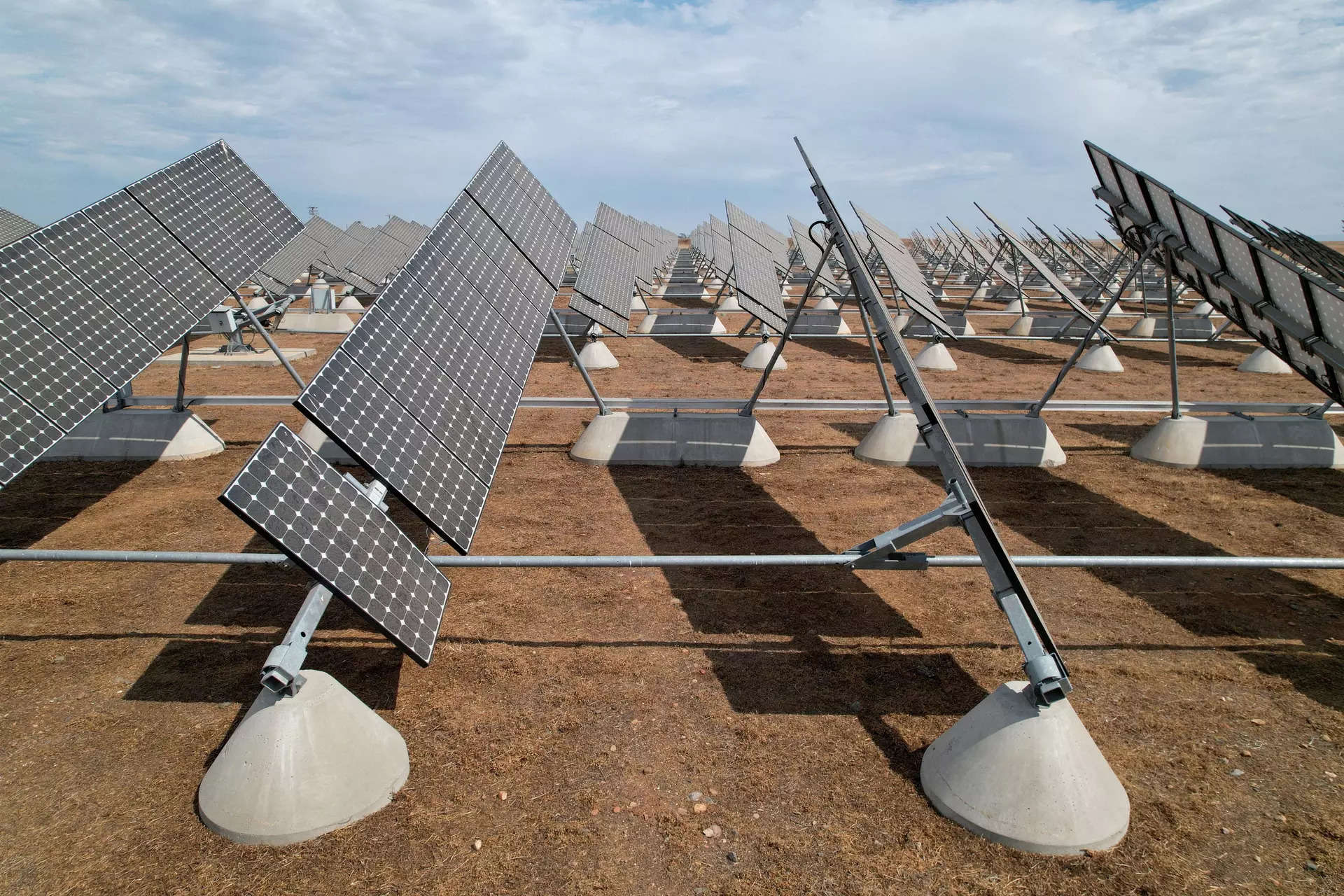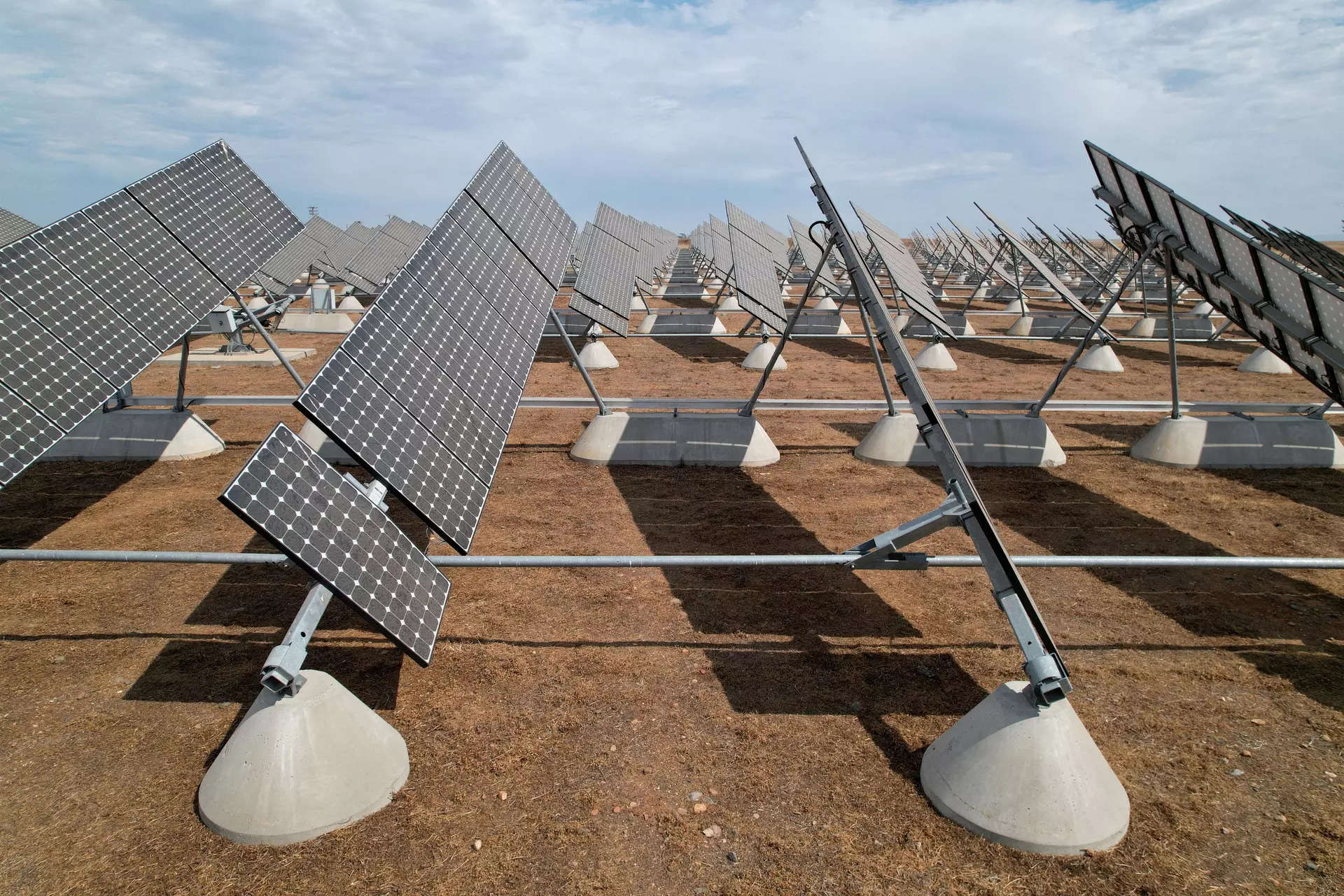
New Delhi: India is facing a burgeoning challenge with solar waste, projected to soar from the current 100 kilotons to an estimated 4.5 million tonne by 2030, amid the country’s rapid expansion of solar energy capabilities. This growth in waste necessitates immediate action from policymakers to mitigate environmental impacts and capitalize on recycling opportunities, according to a study by Council on Energy, Environment, and Water on solar waste estimation titled, ‘Enabling a Circular Economy in India’s Solar Industry – Assessing the Solar Waste Quantum’.
The study, marking a significant step with its robust scientific approach, outlines the urgent need for a strategic framework to manage the accumulating waste, particularly as India pushes towards its goal of achieving 500 gigawatts of renewable energy by 2050. With solar energy deployment accelerating from 5-6 gigawatts in 2015 to nearly 75 gigawatts currently, the implications for waste management are profound.
“Policymakers must set targets, incentivize recyclers, and support technologies and startups that can manage this growing waste stream effectively,” the report recommends, highlighting the importance of standard installation guidelines, access to authorized repair entities, and the prevention of disposal in local dump yards to minimize material and value loss.
The Ministry of New and Renewable Energy (MNRE) and the Ministry of Environment, Forest and Climate Change (MoEFCC) are identified as key players in addressing this issue. The recent inclusion of solar cells and modules in the Electronic Waste (Management) Rules by the MoEFCC, alongside MNRE’s prioritization of solar PV recycling, underscores the government’s recognition of the problem.
“Recycling solar waste to recover critical minerals like silicon, copper, tellurium, and cadmium will reduce India’s import dependency and enhance our mineral security,” the report states, acknowledging the strategic importance of these materials for the country’s future.
Furthermore, the study provides a granular estimation of solar waste, crucial for enabling policymakers and industry stakeholders to develop informed regulatory and infrastructure strategies. By analyzing module degradation rates and replacement trends specific to Indian climatic conditions, the report offers a nuanced understanding of the challenge at hand.
As of FY23, India’s installed capacity of 66.7 GW has already generated approximately 100 kilotons of waste, with predictions indicating this figure will rise to 340 kilotons by 2030, predominantly in states like Rajasthan, Gujarat, Karnataka, Andhra Pradesh, and Tamil Nadu. The cumulative waste, including both existing and new capacities added between FY24 and FY30, is expected to reach around 600 kilotons by 2030, and an alarming 19,000 kilotons by 2050.
To combat this issue, the report calls for the MNRE to maintain and periodically update a detailed database of installed solar capacity to accurately map potential waste generation centers. Additionally, it emphasizes the need for the MoEFCC to issue guidelines for the collection and storage of solar waste and promote its safe and efficient processing.
“Solar cell and module producers should begin developing waste collection and storage centers in compliance with the E-waste Management Rules 2022,” the study concludes, highlighting the collective responsibility of the industry and regulators to address this impending environmental challenge.


